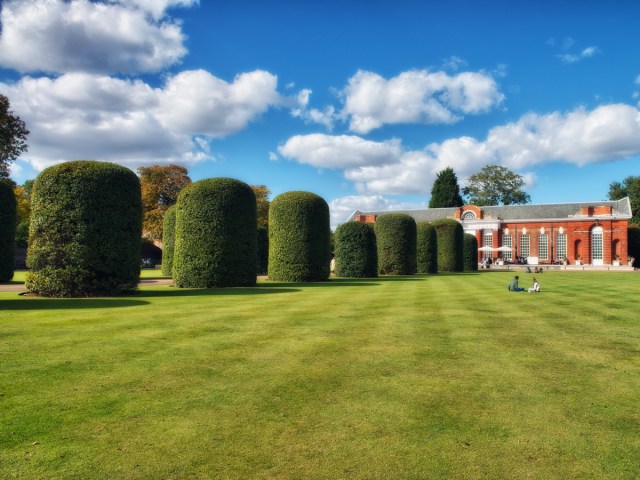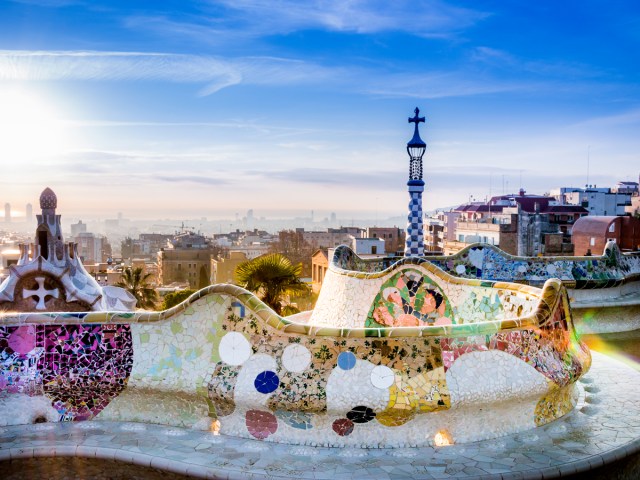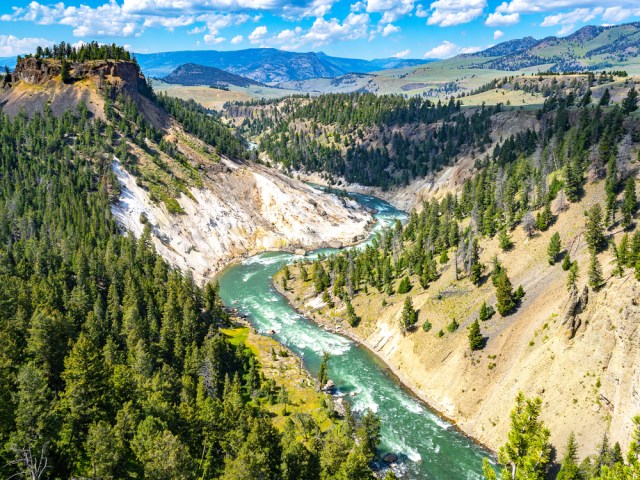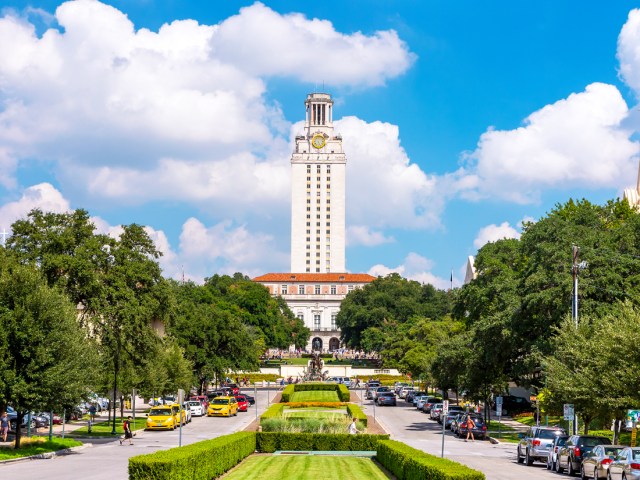Many travelers take urban parks for granted, but these public outdoor spaces haven’t always existed. Parks grew in popularity as a wellness trend in the 19th century, after pollution and overcrowding due to the Industrial Revolution became an issue in growing cities. Since then, green spaces have become a staple of urban centers, as places to convene, exercise, and relax in a natural setting. From Brazil to Japan, the following six parks are not only naturally stunning but also highly historic, making them well worth the visit.
Stanley Park – Vancouver, Canada

As Vancouver’s oldest park, Stanley Park occupies 1,000 acres of prime waterfront real estate, with sandy beaches, protected forest, and nearly 17 miles of nature trails. The park — named for Governor General, Lord Stanley (of the same fame as hockey’s Stanley Cup) — opened to the public in 1888. The city converted a former logging operation into a pastoral setting, repurposing the old logging roads into park trails. Today, the coastal forest remains home to centuries-old trees, including the giant stump of the Hollow Tree, a 600- to 800-year-old western red cedar with a hollow big enough to fit an elephant.
In recognition of the land’s original stewards, the Coast Salish First Nations, Stanley Park is also known for its First Nations art and totem poles on Brockton Point. The seaside meadow features a mix of replicated and original totem poles dating back to the 1880s. Before you leave, don’t miss the Miniature Train, a 20-gauge track that offers a scenic ride throughout the park.
Hyde Park – London, England

The largest of London’s eight Royal Parks, Hyde Park is home to centuries of history. Formerly the royal hunting ground of King Henry VIII, this lush 350-acre oasis dates back to 1536. In the early 1700s, Queen Caroline reimagined the space, and in 1851 it became the site of the Great Exhibition — the first international showcase of manufactured products — which prompted the construction of the enormous, groundbreaking Crystal Palace.
In addition to its impressive history, Hyde Park is often celebrated for its beauty. Connected to Kensington Gardens, the park is a sanctuary within London, filled with roses, seasonal flower beds, statues, and mature trees. Highlights within the park include the Diana Memorial Fountain, in honor of the beloved princess, and the Serpentine, a recreational lake that bisects the park.
Ibirapuera Park – São Paulo, Brazil

In the early 20th century, with hopes of creating a park to rival New York’s Central Park, São Paulo officials scouted the floodplain of Ibirapuera for a potential project. When the land was found too marshy, they planted eucalyptus trees to drain the soil, hoping that it would one day become suitable. By 1951, the soil was drained and park planning was back on track. World-famous Brazilian architect Oscar Niemeyer was tasked with its design, and Ibirapuera Park finally opened in 1954.
Nearly 400 acres in size, the park was meticulously planned with exotic trees, artificial lakes, and incredible modernist buildings, including the Afro Brasil Museum and the São Paulo Museum of Art. Not to be missed is the Ciccillo Matarazzo Pavilion, a three-story art exhibition space and one of Niemeyer’s crowning architectural achievements.
Ueno Park – Tokyo, Japan

A former Buddhist temple turned public park, Ueno Park dates back to 1625. It was around this time that the high priest of the Kaneiji temple, Tenkai, planted cherry trees throughout the grounds. Within 20 years, the cherry trees began to attract visitors during peak bloom, and thus began the now-iconic Japanese custom of hanami, or “flower viewing.”
In 1873, the green space was established as a public park, eventually becoming one of the best places to witness blooming cherry blossoms in the city of Tokyo. Even when the trees aren’t flowering, the park is popular with Tokyo natives who visit the park’s historic temples and shrines to leave offerings, say prayers, or attend festivals. Several top-notch museums are also located throughout the park, including the Tokyo National Museum, the National Museum of Nature and Science, and the Tokyo Metropolitan Art Museum.
Parc Güell – Barcelona, Spain

Designed in the early 20th century by Antoni Gaudí, Barcelona’s most adored and influential architect, Parc Güell is unlike any other urban park. It was funded by Gaudí’s longtime business partner, Eusebi Güell, and the established relationship between patron and architect meant that Gaudí had the freedom to let his imagination run wild with this project. Today, it remains one of Gaudí’s most beloved masterpieces and one of the most admired sites in the city, famous for its whimsical and nature-inspired architecture.
Featuring twisted columns, glittering mosaics, and a salamander statue named El Drac, every inch of Parc Güell is unique. With its undulating lines and mind-bending shapes, this Spanish wonderland — part of a UNESCO World Heritage Site — is also located high on a hill, offering views of Barcelona that stretch to the sea.
Central Park – New York, New York

Arguably one of the most famous urban parks in the world, Central Park was the first landscaped public park in the U.S. The state legislature allocated 700 acres of land in the center of Manhattan for the park in 1853. Before that, the area used to be nothing more than bluffs, swamps, and rocky outcrops.
After winning a design competition for the park, landscape architect Frederick Law Olmsted transformed central Manhattan with his naturalistic vision. The result was green landscapes, wooded areas, and winding paths that provided an easy escape from the hustle and bustle of the city. Olmsted’s vision — to create a place where New Yorkers from all walks of life could leisurely enjoy the beauty of nature — is still very much alive today. Check out the Central Park Conservancy for unique activities within the park, such as forest bathing, birding tours, and film festivals.





















